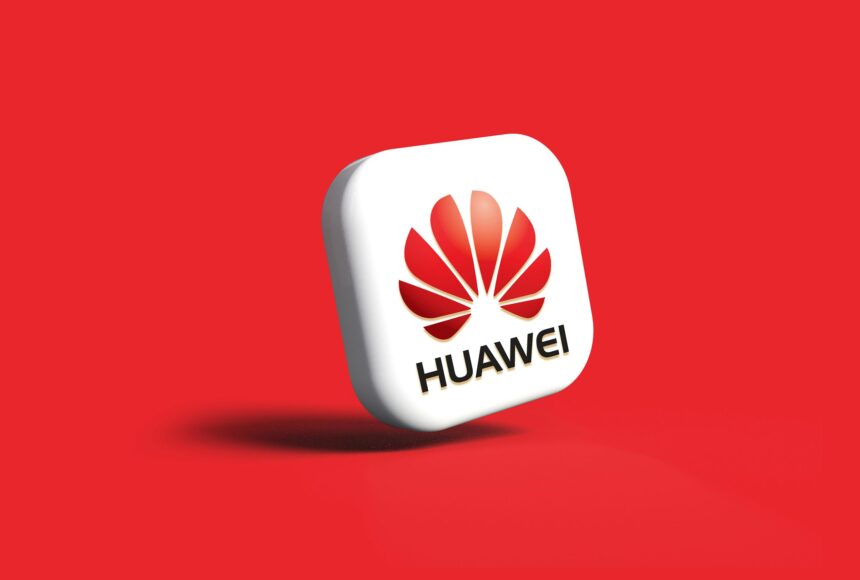The Strategic Context of Huawei’s AI Innovation
The world of AI is a high-stakes arena, and few players are watched as closely as Huawei. The company’s latest development, a new AI software solution called the Unified Cache Manager (UCM), is a significant move in this ongoing technological race.
This breakthrough isn’t just about a new product; it’s a strategic response to the challenges Huawei and, by extension, China face due to U.S. sanctions.
These sanctions have severely limited access to high-end hardware, particularly high-bandwidth memory (HBM) chips, which are crucial for running powerful AI workloads.
Rather than being stifled, Huawei has leveraged software ingenuity to find a new path forward, demonstrating a clear focus on self-reliance and innovation.
The Technology Behind the Breakthrough: Unified Cache Manager (UCM)
At its core, the AI software innovation lies in the Huawei UCM, a solution designed to intelligently manage different types of memory. It works by creating a tiered system that includes high-speed HBM, standard DRAM, and solid-state drives (SSDs).
The software’s primary function is to allocate data based on the latency requirements of a task. It intelligently moves frequently used “hot” data to faster memory like HBM while offloading less-used “cold” data to more abundant, slower storage.
This hierarchical approach reduces the burden on expensive and scarce HBM, making AI processing more efficient with a wider range of hardware.
The UCM is designed to address a critical bottleneck in large-scale AI systems, which often run into a “memory wall” where the limited HBM capacity hinders performance.
The Tangible Impact: Performance and Real-World Applications
The impact of this AI software on performance is impressive. According to data released by Huawei, the UCM has been shown to reduce AI inference latency by up to 90% and increase system throughput by as much as 22 times in certain scenarios.
These gains aren’t just theoretical; the software has been tested in real-world applications with partners like China UnionPay. It’s been used for complex tasks such as customer voice analysis and office assistance, proving its viability for large-scale, enterprise-level deployments.
This real-world validation underscores the UCM’s potential to significantly lower operational costs and improve the speed of AI-powered services.
Open Source and the Future of AI
A notable element of Huawei‘s strategy with the UCM is its commitment to open-sourcing the platform. The company plans to release the software to the developer community, which could accelerate its adoption across the industry.
By fostering a collaborative ecosystem, Huawei is not only strengthening its own position but also promoting the development of AI hardware and software within China. While the UCM is a powerful step, it is not a complete replacement for high-end HBM chips.
The global demand for HBM continues to grow exponentially, and the technological divide remains. However, this breakthrough positions Huawei and other domestic companies to better compete in the expanding AI market despite the ongoing hardware limitations.
It’s a clear signal that the company is leveraging software innovation to overcome hardware constraints.

